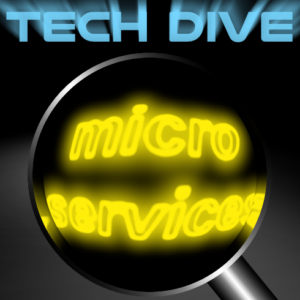0
IDG Contributor Network: 911 call misrouted by 2,500 miles
An urgent call to 911 from the front desk of an Anchorage, Alaska, hotel was routed to Ontario. Local police authorities blamed it on VoIP telephony services.While VoIP does play a role in the issue, the core problem stems from improper provisioning of the phone service and is something that has happened before, when calls to 911 were routed to Northern 911, an Ontario company.This specialized, privately operated 911 center functions as a "PSAP of last resort," taking calls meant for 911 that otherwise cannot be routed correctly, intercepting them manually. After determining the location of the incident, calls are then extended over trunks to administrative lines.To read this article in full or to leave a comment, please click here

 Further explore the HPE, Intel & 6WIND's high performance vADC demo. Read the Q&A
Further explore the HPE, Intel & 6WIND's high performance vADC demo. Read the Q&A